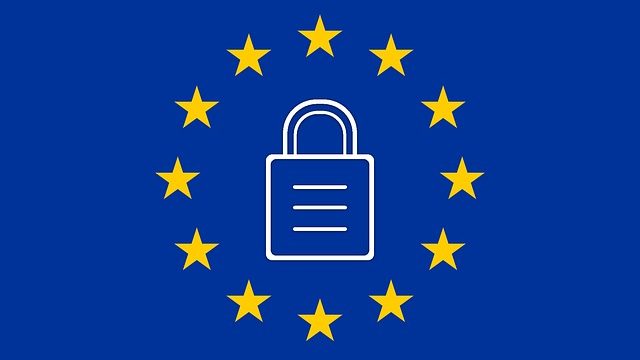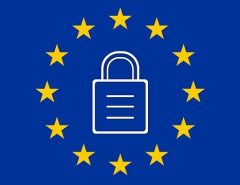The deadline for General Data Protection Regulation compliance is fast approaching, and every global organization must be well prepared for embracing this change. If an enterprise is directly or indirectly associated with the European Union, it should be mindful of some functional security tips to keep up with the compliance requirements. GDPR, in the simplest possible terms, is an EU-centric implementation that specifically targets privacy and confidentiality of personal user data. Complying with GDPR guidelines is of paramount importance for enterprises that rely on collecting private data of the European Union citizens.
Once GDPR is embraced globally, the security expectations focused at safeguarding customer data will multiply exponentially and therefore it’s high time that organizations start fixing their security vulnerabilities for staying ahead of the competitors.
Read more: Understanding the EU General Data Protection Regulation: An Exhaustive Guide
Compliance Tips: Looking at the Security Strategies
Security is a pivotal aspect of GDPR compliance as any violation on the part of organizations can attract massive penalties. With the active implementation date, i.e. May 25th, 2018, approaching, it becomes necessary that the security modules are addressed, fixed and amplified. Although GDPR focuses on intimations and policies following breaches and attacks, it also expects organizations to be proactive with their threat management and data security strategies.
1. Enforcing Contextual Controls
Lately, mobile users accessing cloud-specific services and apps have increased at an uncontrollable rate. This, in turn, exposes the organizational databases to multiple locations and devices; thereby compromising the existing security standards. The best security tip for minimizing security exposure is to opt for context-aware policy controls and security measures. These controls are assigned according to the workspace and the presumable security threats concerning the existing environment. Depending on the nature of devices, types of networks and extent of device usage; the context-aware security standards and controls can adapt and assist organizations with GDPR compliance. This approach also helps IT departments track user whereabouts and draft audit trails.
2. Reducing Privileged Access
Organizations should reduce the frequency at which admin rights are granted to the users. While it is sometimes necessary to grant higher prviledges to certain users than what is setup for their overall role; granting special access to a large number of users can increase the security threats. Malicious parties are always on the lookout for systems, corporate networks and apps which have privileged rights turned on. The security tip for combating the growth of potential threats is to implement dynamic access which automatically reduces the access capabilities depending on the user-specific requirements. This implementation reduces the number of privileged users, safeguards personal data and assists with GDPR compliance.
3. Limiting Ransomware Success Rates
This measure involves a host of proactive strategies for keeping malware and ransomware threats at bay. With criminals relying heavily on phishing attacks, malicious code transmissions and access to personal user data, it becomes crucial that enterprises emphasize more on technology and at the same time focus equally on employee training. Implementing hash-level, granular security controls like digital signage is one way of averting accidental attacks. Dynamic controls can also be deployed for blocking access to files and specific websites. Locking down external devices automatically and preventing file saves on corporate devices are some of the other proactive strategies for strengthening the existing security posture of an IT system.
4. Ensuring Accurate On-Boarding and Complete Off-Boarding
Companies must rely on automated processes for provisioning access to the workers. Moreover, off-boarding and terminating access rights should also be done entirely and correctly once the workers leave the organizational premises. Automated enforcement of access policies depending on the worker’s association with the workspace helps an organization with GDPR compliance.
5. Logging Personal Data Access
GDPR compliance expects an organization to maintain records and reports related to user access, deployed workspaces, existing configurations and everything that is even remotely associated with the data subjects. The ability to track, log and report automatically prepares an organization for the General Data Protection Regulation.
How Seqrite can assist with GDPR Preparedness?
Seqrite offers unbiased GDPR risk assessment and comes across with a host of security strategies for helping organizations with the compliance. The company offers advanced Endpoint Security services to organizations that are already enhanced with the mentioned security tips. Be it working alongside Seqrite’s DLP services or deploying the anti-ransomware features; Seqrite can assist organizations with their compliance requirements.
As an IT security partner for your business, Seqrite provides comprehensive endpoint security from advanced cyber threats. To know more, visit our website or




